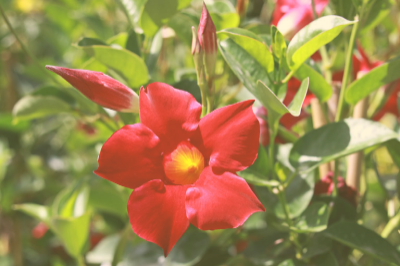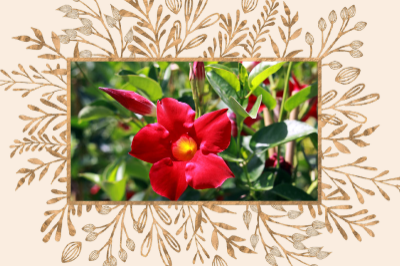Mandevilla White Plant
Mandevilla plants grow fast. After eliminating any other causes that slow growth, transfer them into a larger container. They require a soil that is acidic and contains a substantial amount of organic matter. You can amend the soil by adding compost and feed it twice per month with an equilibrated liquid fertilizer. The plant prefers slightly drier soil, but it can be watered frequently. To help with humidity it is possible to moisten the leaves.
Choose a spot that is sunny and receives enough sunlight when selecting a location for your plant. Although mandevilla tolerates some shade, it won't flower as well if it gets too high. It is possible to move the mandevilla under the roof of your patio or shade tree in the summer. Make sure the soil is well-drained to avoid root decay. A heavy soil could cause death to your mandevilla plant. Choose a well-drained, loose soil that has a lot of organic matter.


